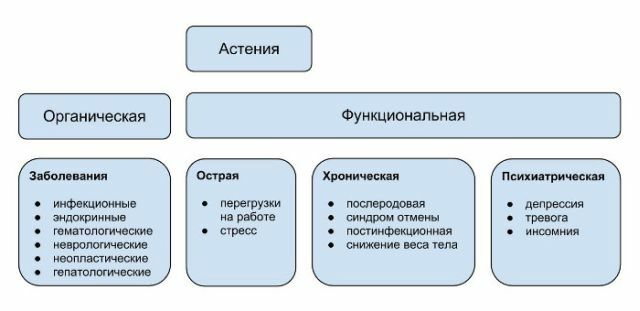 Normally, salivation occurs around the clock, slightly increasing under the influence of some irritants: aromas and the type of food.
Normally, salivation occurs around the clock, slightly increasing under the influence of some irritants: aromas and the type of food.
Usually 10 minutes in the mouth accumulate 2 ml of secretion. With excessive production of saliva over the same period, its volume is 5 ml or more.
Sialorrhea( ptyalism) is a hyperproduction of the secretion of the salivary glands; this state is physiologic for children of the first year of life; in adults, however, hypersalivation indicates a neurologic or other pathology.
Abundant salivation creates a lot of discomfort and discomfort.
Etiology and pathogenesis of
The main symptom of the disease is the allocation of an excessive amount of secretion and the need for frequent spitting due to inability to swallow.
Hypersalivation can be true or false. In the first case, the excess of the daily saliva output is noted several times. In the second - swallowing is difficult, the secretion of saliva remains normal, but the patient has a feeling of hyperfunction of the glands.
Ptimalism is often a symptom of diseases of the nervous system( pseudobulbar or bulbar syndrome, vagotonia, Parkinson's disease, cerebral arteriosclerosis, stroke, neoplasms in the brain, cerebral palsy, psychoses, certain types of schizophrenia).

Ptimalism is one of the symptoms of bulbar syndrome
. In parkinsonism syndrome, hypersalivation, which is often combined with seborrhea and lacrimation, is one of the earliest signs of the disease. The most pronounced salivation is observed at night and in a prone position.
Depending on the cause of the pathological condition in the bulbar and pseudobulbar syndrome salivation may be of varying severity.
In patients with cerebral palsy, coordination of facial muscles is impaired. As a result, a person begins salivation, which he is unable to control. This greatly complicates the life of patients. Sometimes hypersecretion can reach 1 liter of pathological excreta per day.
Sialorrhea occurs with lesions of the oral mucosa( purulent periostitis and periodontitis, stomatitis, gingivitis, pericoronitis), as well as with other ailments:
- diseases of the digestive tract( pancreatitis, gastritis, gastric ulcer and duodenal ulcer);
- poisoning with mercury, bromine, iodine, chlorine, barbiturates, lead;
- vascular changes;
- is a toxicosis of pregnant women;
- as a side effect of certain drugs( with the intake of Nitrosepam, lithium salts);
- of tobacco or alcohol intoxication;
- helminthic invasion.
Diagnosis and treatment of
 When there is increased salivation, it is informative to perform a study of the salivary glands. The saliva production rate for 20 min in case of hypersalivation is significantly increased( more than 10 ml, the norm is 1-4 ml).A similar method of establishing the diagnosis of sialorhea is the main one.
When there is increased salivation, it is informative to perform a study of the salivary glands. The saliva production rate for 20 min in case of hypersalivation is significantly increased( more than 10 ml, the norm is 1-4 ml).A similar method of establishing the diagnosis of sialorhea is the main one.
Symptoms of concomitant neurologic disorders in ptapism are: impaired coordination of movements, sleep, memory, sensitivity, hearing and vision, headaches, fainting and dizziness. It is important to make a correct diagnosis in a timely manner. This often determines the effectiveness of treatment.
Diagnostic procedures are carried out: EEG-video monitoring, neurosonography, electroencephalography, ultrasound and duplex scanning of cerebral and neck vessels, MRI, polysomnography, CT, electroneuromyography.
To eliminate excessive salivation, the following procedures and medications can be recommended by a specialist:
- anticholinergics - reduce salivation, but such treatment has unpleasant side effects: dry mucous, tachycardia, visual impairment;

- botox injections - block secretion production for up to six months;
- cryotherapy restores the function of the swallowing muscles, the course of treatment is long, there are contraindications;
- radiotherapy stops copious salivation, but also destroys part of the salivary ducts;
- massage of the face or salivary glands is not always effective.
Surgical removal of the salivary glands is rare. The main complication arising after surgery is damage to the facial nerves.
Sialorrhea is easy to diagnose - the symptomatology is quite typical. Aesthetic defect always indicates a pathology. But after learning the cause of hypersalivation, proper treatment can block the excessive production of saliva.



